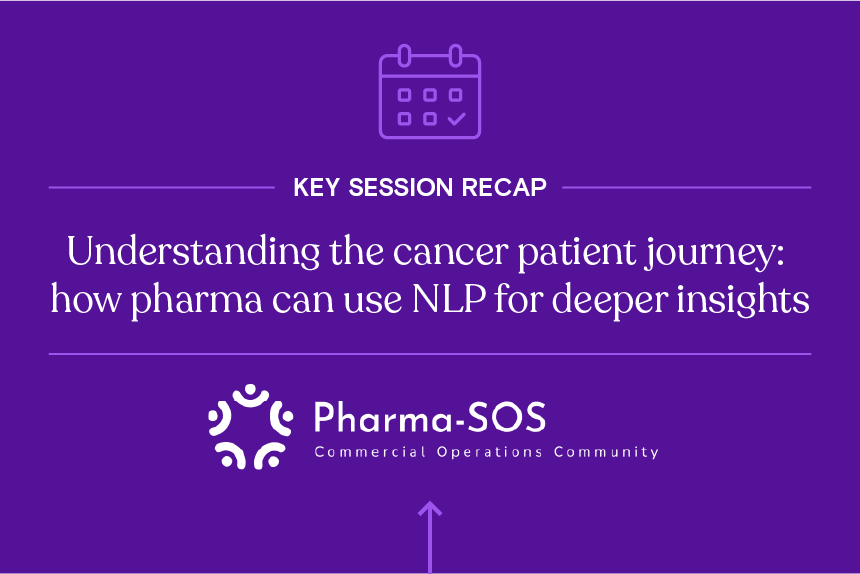Innovative new technologies are improving how pharmaceuticals are developed, tested, and delivered. Real-time patient data and population health metrics ensure patients are adhering to care regimens and spot health trends before they become widespread issues. Pharmaceutical manufacturers will have to take full advantage of this intelligence to extract the most value from new drugs and therapies and stay ahead of patient health trends.
Some pharmaceutical manufacturers are already using technologies like artificial intelligence (AI) to screen for harmful chemical interactions when creating new drugs, design new medications, and identify biomarkers for illnesses that are traditionally difficult to diagnose. As AI continues to develop, and care providers discover new applications, AI could improve diagnosis accuracy and improve overall care efficiency.
Restricted budgets mean that implementing and properly leveraging this technology can be difficult – enter value-based care. Participation in the VBC model requires hospitals and other care facilities to create and follow comprehensive benchmarking plans. This allows facility leaders to find weak points in financial, clinical, or quality performance and set measurable goals for improvement.
The shift toward value-based care is particularly useful in the proliferation of personalized medicine, with facility and all-payor claims data offering a complete picture of care outcomes by region. This quantity of data can also improve the ways pharmaceutical manufacturers demonstrate the value of new drugs or delivery methods to both payors and healthcare providers, leading to the adoption of more effective and innovative treatments.
Is 340B pricing going away?
Currently, financial assistance for costly medications comes in the form of 340B drug pricing. Since the 1990s, the 340B Drug Pricing Program has offered discounted drug prices to hospitals and care facilities serving uninsured and low-income patient populations – including community health centers, children’s hospitals, critical access hospitals, and others. In addition to lowering care costs for patients, savings generated from the 340B program often go toward free vaccinations, mental health services, free care for uninsured patients, and community health programs.
Though CMS is cutting payments for hospitals in the 340B program, the program is still alive and well. According to Definitive Healthcare data, approximately 2,500 hospitals report participation in the 340B Drug Pricing Program.
Value-based drug pricing
In 2019, a new trend emerged: tying reimbursements for expensive medications to care outcomes. In January, AstraZeneca and UPMC Health Plan built an experimental contract to offer a drug to heart attack patients to reduce the impact of subsequent cardiovascular events. The goal is to improve patient access to costly treatments via lower out-of-pocket costs. This explicit use of value-based payments for pharmaceuticals specifically is relatively new. Historically, the Centers for Medicare and Medicaid Services (CMS) reimbursed participating care facilities and providers based on overall patient outcomes, without accounting for the medication administered.
Two emerging value-based models for pharmaceuticals are outcome-based contracting (OBC) and indication-based management (IBM).
Outcome-based contracting
In the OBC model, pharmaceutical manufacturers and payors enter into a risk-sharing agreement where drug reimbursements are based on outcomes in actual patient populations. Payors are responsible for gathering and analyzing patient data to determine whether cost negotiation is necessary. If care outcomes are unfavorable, the pharmaceutical manufacturer is responsible for issuing a refund to the payor.
A primary benefit of this model is the potential for cost savings on experimental drugs, which are often more expensive than commercially available treatments. In some cases, promising drugs may not be effective outside clinical trial settings. The OBC model allows cost negotiation that reduces risk for prescribing physicians and could lead to widespread use among patients.
Indication-based management
The IBM model has a lot of potential for use in areas like oncology. Unlike traditional reimbursement models, where costs are negotiated for a single drug or for a therapy class, indication-based management assigns prices to drugs based on the indication for which it’s used. Some industry experts believe this could help to ensure that patients are being prescribed the proper drug for their conditions.
Another benefit of this model is that it drives drug costs down by creating a competitive environment between similar drugs that have already been proven safe and effective. Pricing is determined via weighted average costs based on estimated usage for approved indications. The difference is settled retroactively by payors and manufactures based on actual use and outcomes.
Learn more
Looking for more information on drug market analytics, physician prescribing patterns, and therapy area analytics? Contact us today to start your free trial of Definitive Healthcare’s comprehensive platform and gain a deeper understanding of hospital purchasing, diagnosis and procedure trends, trended prescribing data, and much more.





